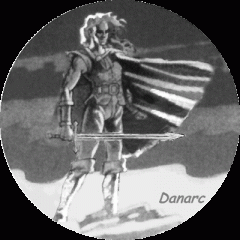magia Metamorfosi
-
Contenuto simile
-
- 11 risposte
- 332 visualizzazioni
-
- 11 risposte
- 572 visualizzazioni
-
- 10 risposte
- 516 visualizzazioni
-
- 10 risposte
- 443 visualizzazioni
-
- 0 risposte
- 1.1k visualizzazioni
-







Messaggio consigliato
Crea un account o accedi per commentare
Devi essere un utente registrato per poter lasciare un commento
Crea un account
Crea un nuovo account e registrati nella nostra comunità. È facile!
Registra un nuovo accountAccedi
Hai già un account? Accedi qui.
Accedi ora